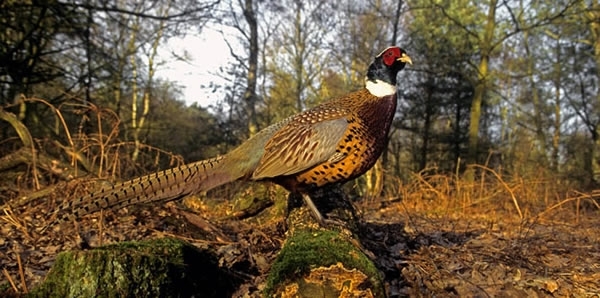
The following letter was published in The Courier on Saturday 7 April:
Sir, - pheasants are competent vectors of some (not all) Borrelia sp - (the group of bacteria that causes the various types of Lyme disease). This means that ticks can pick up some strains of the bacteria from pheasants and pass it to other animals including people.
However, there are many other animals that are vectors of Borrelia species via ticks. Recent research on the continent confirms that small mammals, such as wood mice, are probably the most important. Others include grey squirrels, stoats, weasels, probably other small to medium sized mammals and many bird species. Deer host ticks, but aren’t good vectors of Borrelia.
It is likely that high densities of pheasants (and deer) in an area will alter the mix of Borrelia strains there by mopping some up and transmitting others. Whether pheasants have significant implications for human health is currently unclear.
One thing that is clear, though, is that pheasants are not fundamental to the tick life cycle and Borrelia transmission as suggested by George Murdoch (Disease? It’s all about shooting, April 4th).
The idea that reducing pheasants will wipe out the disease ignores the role of the other animal hosts and is not supported by research, as suggested.
Rufus Sage
Head of lowland gamebird research
Game & Wildlife Conservation Trust
How you can support our ongoing pheasant research
We're working hard to answer the following questions:
- How do we release birds that survive better?
- How can we improve return rates?
- How can we improve the release environment for pheasants and other wildlife?
We are the only organisation searching for the answers to these questions but we can't do it without your help.
Please give what you can afford to help our dedicated team of scientists. Your support for this research can help increase the positive impact of game management for years to come.
How your support helps
£50 – to collect five soil samples from a release pen and look for gapeworm eggs and larvae in the laboratory
£175 – to conduct a day’s butterfly count and floral surveys in woodlands where pheasants are released
£480 – to radio tag and track a hen pheasant twice a week throughout the breeding season
Please donate >